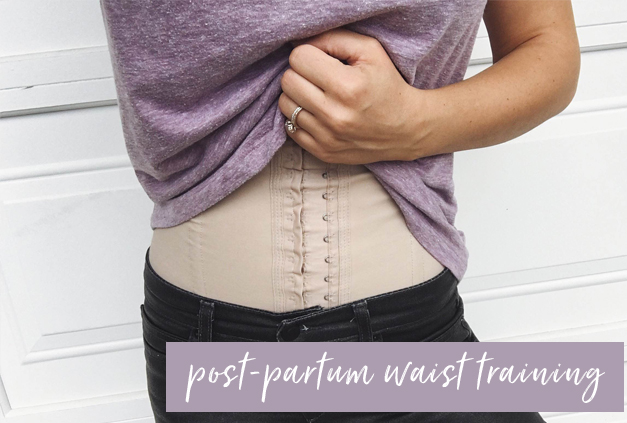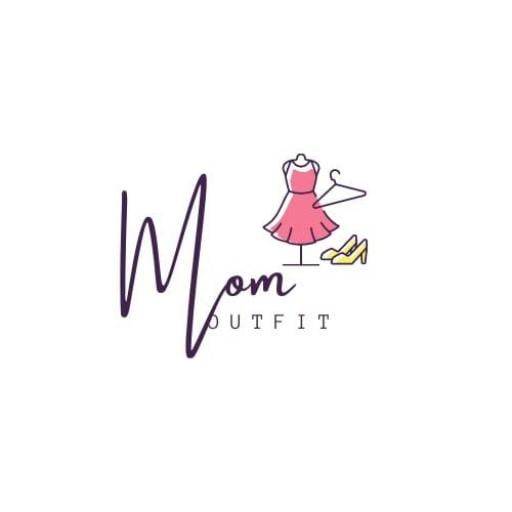Abortion, whether for medical or personal reasons, can be a significant physical and emotional event in a woman’s life. While it’s natural to want to return to a sense of normalcy as quickly as possible, it’s essential to understand the implications of using a waist trainer during the recovery period post-abortion.

Credit: www.hourglassangel.com
What Is a Waist Trainer?
A waist trainer is a garment similar to a corset that is worn around the midsection. It’s designed to compress your waist and abdominal area to create a slimmer waistline over time. Waist trainers are often used for cosmetic purposes, to enhance body shape or as an aid in weight loss strategies.
Understanding the Post-Abortion Healing Process
Before considering the use of a waist trainer, it’s vital to know what the body undergoes following an abortion. During this time, your body needs to heal and readjust, both internally and externally. This can include factors such as hormonal changes, bleeding, and cramping.
Medical Advice on Wearing a Waist Trainer After an Abortion
| Consideration | Explanation | Recommended Action |
|---|---|---|
| Medical Clearance | Consulting with a healthcare provider for a personalized assessment after an abortion. | Seek medical advice before using a waist trainer. |
| Healing Period | The body’s recovery time can vary from person to person. | Allow sufficient time for internal and external healing. |
| Complications | Potential risks of infection, increased pain, or disrupted healing. | Maintain vigilance for signs of complications before starting waist training. |
It’s generally recommended that individuals wait until they have fully healed from an abortion before considering a waist trainer. This may mean waiting several weeks or more, depending on individual circumstances and the advice of your healthcare provider.
Risks of Wearing a Waist Trainer Too Soon After an Abortion
- Impeding Healing: Increased pressure on the abdomen can interfere with the natural healing process.
- Aggravating Symptoms: Existing discomfort may be exacerbated by the tightness of a waist trainer.
- Risk of Infection: Compression garments like waist trainers can restrict blood flow and potentially contribute to infection.
Alternatives to a Waist Trainer Post-Abortion
If you’re looking to support your body after an abortion and a waist trainer isn’t recommended, consider these gentler options:
- Supportive Underwear: Opt for specially designed postpartum or support underwear that provides gentle compression.
- Abdominal Binders: Some healthcare professionals may recommend a medical-grade abdominal binder for support without the risks associated with tight lacing.
- Light Exercise: Engaging in light activities, such as walking, can aid in recovery and contribute to your overall well-being.
Frequently Asked Questions Of Can I Wear A Waist Trainer After An Abortion?
Is Waist Training Safe Post-abortion?
Post-abortion, it’s crucial to allow your body to heal. Wearing a waist trainer too soon may disrupt recovery and cause discomfort or other complications. It’s best to consult with your healthcare provider before starting waist training post-abortion.
How Soon Can I Wear A Waist Trainer?
The timeframe for wearing a waist trainer after an abortion varies. Healing should be your priority. Your doctor can give you personalized advice based on your medical history and the specifics of your procedure.
What Are The Risks Of Waist Training?
Waist training can cause issues like reduced breathing capacity, skin irritation, and potential harm to internal organs if done improperly or excessively. Always wear waist trainers according to guidelines and with moderation.
Can Waist Training Affect My Fertility?
There’s no direct evidence that waist training affects long-term fertility. However, putting pressure on your midsection soon after an abortion is not recommended as it can interfere with the healing process.
Conclusion
Ultimately, the decision to wear a waist trainer after an abortion should be approached with caution. Prioritizing healing and following the guidance of healthcare professionals is of utmost importance. Taking the time to allow your body to recover fully can prevent complications and ensure a safer return to waist training or any other desired activities.
Consult Your Healthcare Provider
Remember that if you have any questions or concerns regarding the use of a waist trainer after an abortion, the best course of action is to consult with your doctor. Each individual’s situation is unique, and only a healthcare provider familiar with your personal medical history can provide the most accurate advice.
